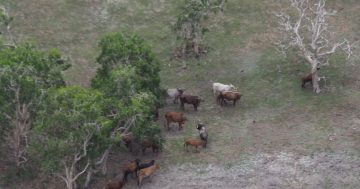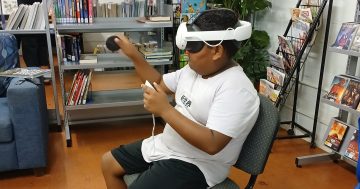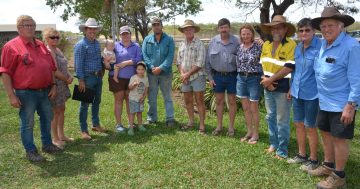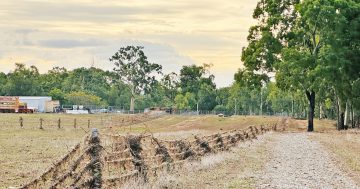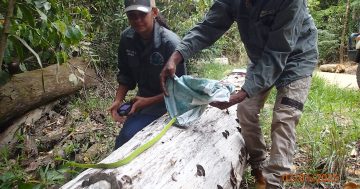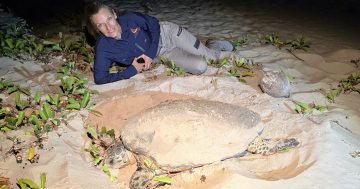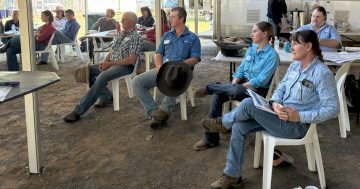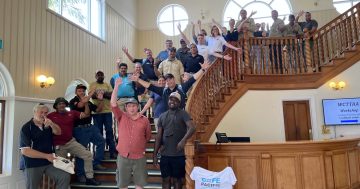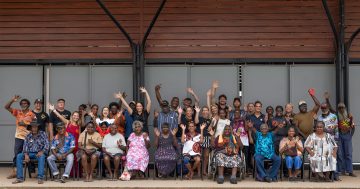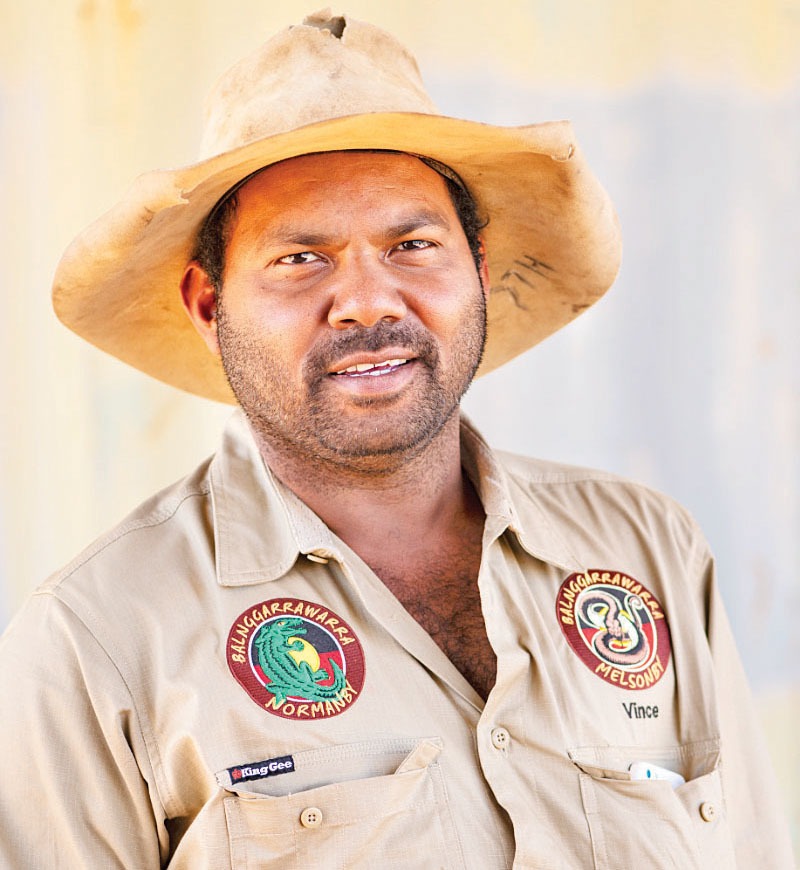
The joint project, a partnership between Aboriginal land management groups, universities, CSIRO, a satellite company and Microsoft, uses artificial intelligence and data from satellite tracking to predict herd movements.
Balnggarrawarra ranger and Normanby Station Traditional Owner Vince Harrigan said existing technology allowed rangers to track feral cattle but the new SpaceCows program would predict where they’re going.
“We thought it would be a benefit for us; we have a lot of wild cattle that are roaming the country and disturbing our special areas like our swamps and lagoons and our sacred areas,” he said.
The technology can help predict, for example, how hot weather might push herds to head a certain way towards water and allow rangers to intervene to cull them, muster them or fence off important cultural sites.”
With just four rangers managing the 31,400-hectare Normanby Station, Mr Harrigan says the program has huge potential to increase the efficiency of their mustering efforts and result in bigger sales and improved herd management.
“It all comes down to monitoring and being cost-effective, so we’re not using endless hours flying around looking for these animals,” he said.
“When we get a big wet season, the Normanby is just riddled with feral cattle, and they’re trying to get into our controlled herds, so we want to manage those fellas better and get a better quality head for our mob of cattle by pulling the rubbish stuff out.”
North Australian Indigenous Land and Sea Management Alliance chief executive Ricky Archer said the program would aid economic development and the protection of cultural sites.
“Using information the ear tags generate, land managers can access more precise decision-making tools about where they focus efforts to reduce the impacts of buffalo and cattle grazing and eroding native flora and fauna,” he said.
“As our environment recovers, it will be more resilient in the face of fires, invasive plants and climate change, and we’ll be able to protect sites of cultural significance.
“We’ll also be developing best-practice ethical mustering and handling guidelines so these animals can become part of the ethically-sourced meat industry, creating more jobs in our communities.”
Rangers are being trained to use the AI, which factors in terrain and on-ground conditions, to help plan the best routes to reach and manage the animals.
“The project gives us the latest technology to help with land management, but also provides training with drones and tablets, which is a big thing for our mob, especially the young ones,” Mr Harrigan said.
“I think the main thing is that it is being Indigenous-led, especially on the ground, and that comes back down to creating job opportunities and getting our mob back out on country.”


